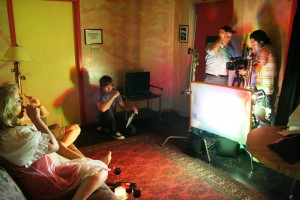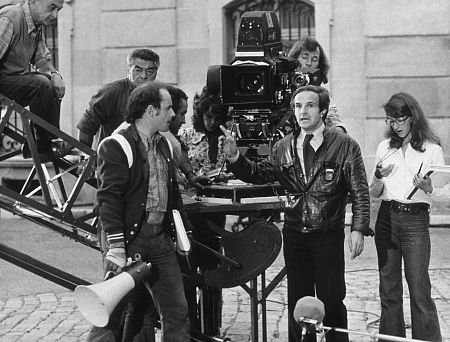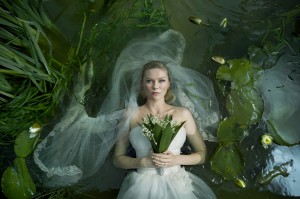Unless you’re a film buff, you’d be forgiven for not having an awareness of art house cinema. My own knowledge of the genre is fairly limited, as my interest in it was only piqued after watching Lars Von Trier’s Melancholia. The key criteria for the form are rather loose: a film can be categorized as “art house” if it is experimental in nature and prioritizes artistic intent over mass appeal. In other words, it is not produced for profit but for the satisfaction of the filmmaker’s creative impulse.
These principles manifest themselves clearly in Von Trier’s film. On a superficial level, it is about the end of the world. Yet, Trier’s idiosyncratic direction means the film presents this in a wholly unexpected way. Melancholia is really Trier’s way of expressing the inhibiting effects of depression on life and creativity. The film’s structure allows for this, with Trier relaying the story through the perspectives of two very different sisters. The film’s pace is very slow and consequently it does not target a mass audience but rather a more niche market, in conformity with art house convention.
As a consequence of this, art house films don’t always make for easy watching. Stanley Kubrick’s adaptation of Anthony Burgess’s A Clockwork Orange was met with much controversy when first screened–and certainly it is not a film for everyone–but the film is heralded today for pushing the boundaries of cinema. This is not to say, however, that art house films cannot achieve commercial success.
It would create a damagingly exclusive culture to insinuate that only those  with an extensive knowledge of cinema would enjoy an art house film. For instance, the Godfather trilogy has garnered both critical acclaim for its innovative approach and widespread appeal.
with an extensive knowledge of cinema would enjoy an art house film. For instance, the Godfather trilogy has garnered both critical acclaim for its innovative approach and widespread appeal.
What makes art house cinema most appealing for me is the fact that it differs so greatly from the typical Hollywood formula. The director retains significantly more control over the film, having the freedom to adhere to his vision without having to adapt to pressures from studios.
 On the set of Notes From The New World. Vitaly Sumin discusses light levels with DP Chia-Yu Chen. On the couch: Jerry Prager (Bob) and Rachel Garlington (Lolita).
On the set of Notes From The New World. Vitaly Sumin discusses light levels with DP Chia-Yu Chen. On the couch: Jerry Prager (Bob) and Rachel Garlington (Lolita).
Vitaly Sumin’s cinematic adaptations of Dostoyevsky’s works can certainly be labelled as “art house”; Sumin rejects the traditional approach of recreating the well-loved author’s works to the letter, opting instead to translate the universal themes to modern day. His latest film Dostoyevsky Reimagined: The Making of Notes from the New World, due to be released soon, will perhaps conform to art house principle even more closely, precisely (and ironically) because it is so atypical in its approach and themes. The film explores the struggles involved in making an independent film, highlighting the fact that what occurs behind the scenes is often as interesting as what happens on screen. This in itself is enough reason for me to hotly anticipate the film. The world of cinema is so oversaturated with formulaic and predictable films–we need art house cinema to ensure that the medium is constantly evolving for the better.







Leave a Reply